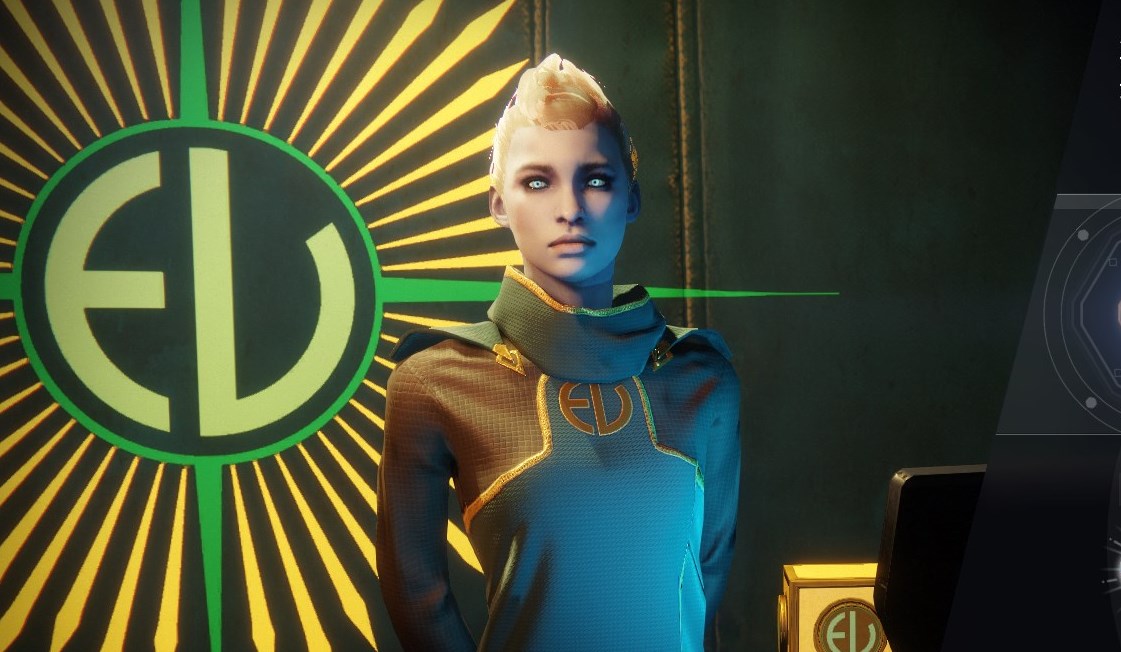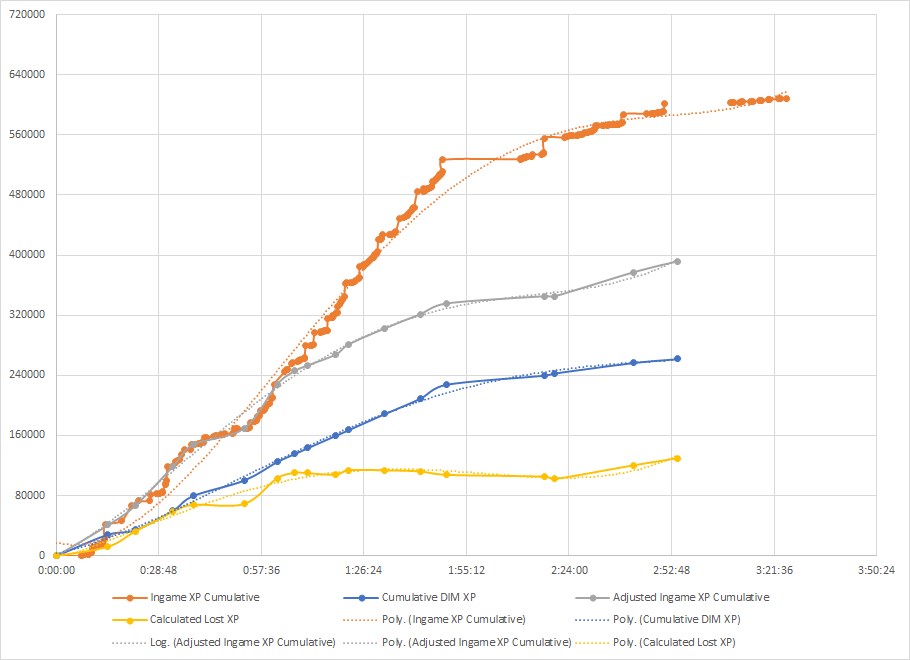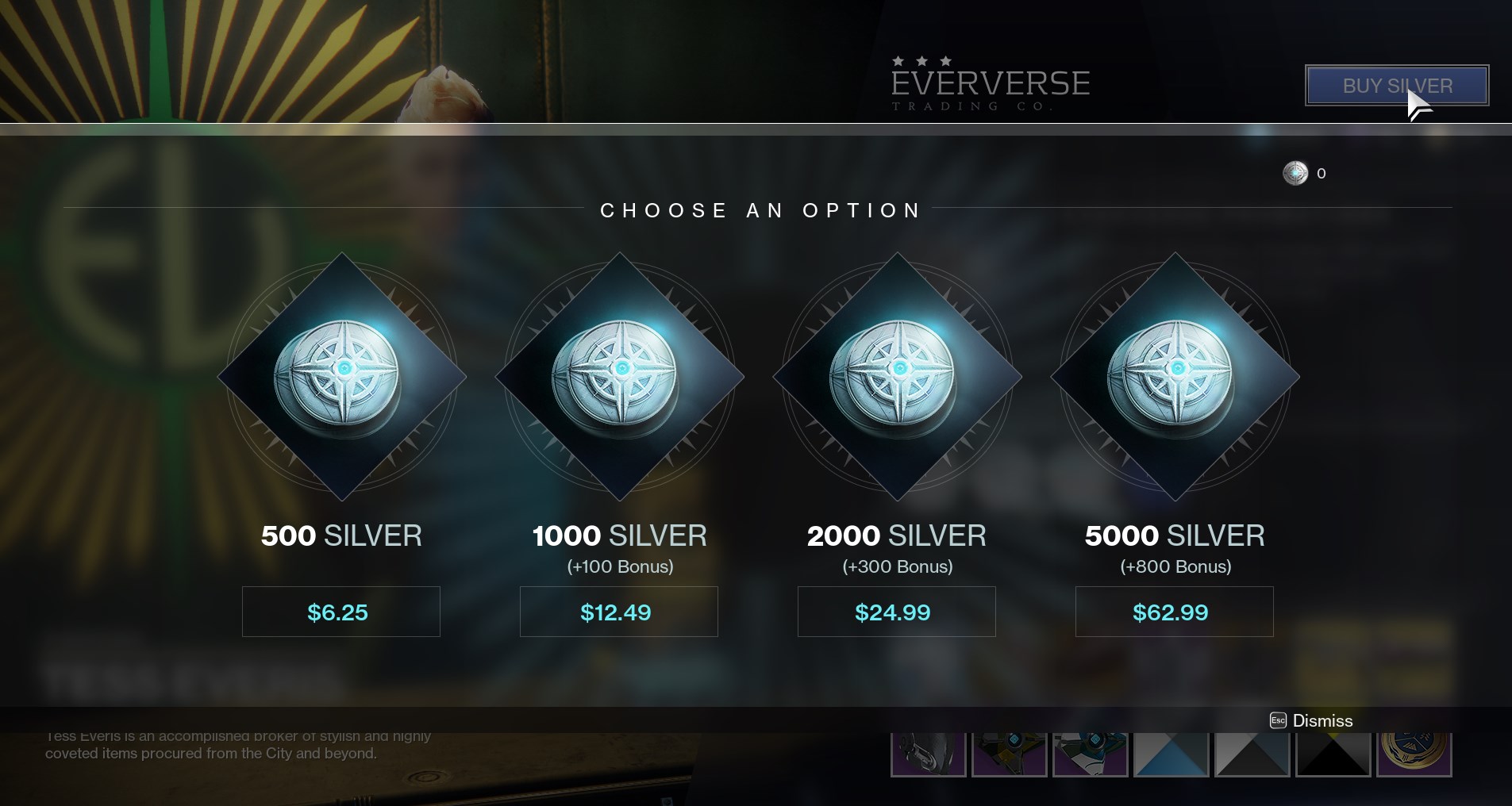Bungie admits hidden scaling system changes Destiny 2 XP gains, turns it off (Updated)
Some number-crunching on Reddit revealed that something strange was happening behind the scenes with player progress.

Update: Bungie has posted a message saying that XP awards in Destiny 2 are in fact scaled based on the activity being performed, but that "after reviewing our data, we agree that the system is not performing the way we’d like it to."
"Currently, XP will scale up when playing longer or fixed duration activities like Crucible competitive multiplayer matches and the Leviathan Raid, and XP will scale down when playing activities that can be quickly, repeatedly chained, like grinding Public Events. We are not happy with the results, and we’ve heard the same from the community," Bungie wrote. "Effective immediately, we are deactivating this system."
That means that XP gain rates will change "across the board," but the values seen in the game will be consistent and accurate.
"Over the course of the next week, we will be watching and reviewing XP game data to ensure that these changes meet our expectations, as well as yours. Any additional updates to this system will be communicated to you via our official channels."
I'm honestly surprised at this outcome. My initial feeling was that it was almost certainly a bug, because intentionally diminishing XP rewards—particularly when real-money transactions are at stake—didn't seem like something any reasonable company would do. Yet here we have virtually a straight-up admission that they were holding back XP gains, and thus the bright engrams that otherwise have to be purchased for cash—and kept it all quiet until somebody noticed, making changes on short notice over a holiday weekend. That is really not a good look.
Original story:
A dedicated Destiny 2 player and redditor by the name of EnergiserX has raised some interesting questions about the way the game grants XP, and more importantly, how it may be curtailing XP gains, particularly for players who "power-grind." What's happening, according to his testing, is that the game indicates XP increasing at a normal rate using the bar on-screen, but your actual progression can occur at a much slower rate.
The biggest gaming news, reviews and hardware deals
Keep up to date with the most important stories and the best deals, as picked by the PC Gamer team.
EnergiserX began the testing by recording a week of gameplay, as well as periodically recording the amount of XP required to earn a bright engram as indicated by DIM, the Destiny Item Manager, which tracks and compares all sorts of in-game stats. At the end of the week, he went back and watched it all, entering every XP chain he earned into a spreadsheet, along with a timestamp and how many pixels each chain contributed to the in-game progress bar.
"I then created some graphs to overlay what I earned ingame with what DIM showed," he explained. "Since the XP bar ingame is 360 pixels long, I calculated that 80000 XP/360 pixels= 222.8 (rounded to 225) XP per pixel could be used to estimate how much XP was being recorded in the backend, at a higher frequency than I could get data from DIM."
His graphs illustrate remarkably different results for three basic style of play. Playing slowly—kill an enemy, let the XP bank, kill another enemy, wash, rinse, repeat—resulted in an exact match between the XP gains indicated by DIM, and what was shown in Destiny 2. But playing "normally," which he described as patrolling the Flashpoint destination and hitting up some public events, saw a loss of roughly half the XP that should have been gained (thanks to XP spikes at the end of a patrol and event), while a stretch of two consecutive public events—lots of incoming XP, in other words—saw a major drop in the XP one would expect to earn.

The methodology is admittedly byzantine, and EnergiserX allowed that there's "a decent margin of error" in many of the values used in his calculations. "But they should be able to be compared among themselves to show trends," they wrote. "Or as a ballpark figure to show that the progress bar does correspond to the XP as show by the Bungie API via DIM."
All of this is important because while Destiny 2 has a level cap of 20, it awards bright engrams for progression beyond that point. And bright engrams are where the good stuff is: shaders, ships, Sparrows, and other stuff that you generally can't earn as in-game drops from activities. The main way to earn bright engrams is by leveling up via XP or spending real money at the in-game store. EnergiserX estimated that he lost roughly 1.5 bright engrams over three hours of play; that works out to a value of 300 silver (the in-game currency), or about $3 in real-money value.
It's possible that the system is broken somehow—remember that Call of Duty: WWII was over-awarding XP for a week after its release before anyone noticed—or that EnergiserX's calculations are somehow way off. Whatever's going on, this is a situation Bungie needs to clarify, or face suspicion about why the rate at which players can grind for bright engram seems to be being artificially slowed.
Given the recent brouhaha over loot boxes in Star Wars Battlefront 2 and other games, anything related to the transparency surrounding how many hoops a player needs to jump through to earn these items in-game is bound to be potentially sensitive.

"There is a hidden scaling factor that ramps up as you earn XP more quickly. The scaling factor will increase at least to the point where you’re only really earning 4% of what you should," EnergiserX concluded. "Public Events will only ever earn you 50% of what they say, as the end of event XP alone is enough to trigger a 50% scaling factor."
"To get one thing clear: There is no cap to XP. You can keep earning XP as fast as you want, and you will always be making progress towards that next bright engram. You will just face dramatically diminishing returns the faster you go."
I've reached out to Activision for more information about the reported XP scaling, and will update if and when I receive a reply. However, bear in mind that they're likely busy with the holidays right now.

Andy has been gaming on PCs from the very beginning, starting as a youngster with text adventures and primitive action games on a cassette-based TRS80. From there he graduated to the glory days of Sierra Online adventures and Microprose sims, ran a local BBS, learned how to build PCs, and developed a longstanding love of RPGs, immersive sims, and shooters. He began writing videogame news in 2007 for The Escapist and somehow managed to avoid getting fired until 2014, when he joined the storied ranks of PC Gamer. He covers all aspects of the industry, from new game announcements and patch notes to legal disputes, Twitch beefs, esports, and Henry Cavill. Lots of Henry Cavill.

